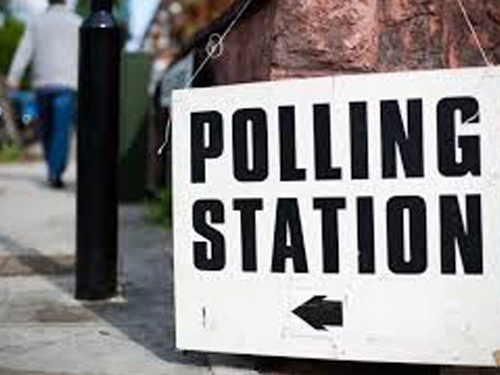
The marked register is a copy of the electoral roll that was used on polling day showing who voted. Everybody should be requesting a copy for their area for the May elections.
By entering the data into Connect, it gives you a powerful analytic and campaigning tool so that we are specifically targeting those who vote in future elections.
There are two different ways of accessing the marked register:
- Any member of the public is entitled to inspect the marked register. They can do this by making a written request to their local council’s electoral services department explaining why they need to see the register and what the information will be used for. They must then allow people to access the information within 10 days (Regulation 118(3), RPR 2001.). In practice, anyone who is known to be a representative of one of the local political parties will automatically be granted access. The downside with inspecting the register in this way is that you can only make hand-written notes which will make the process of noting down who voted very long. Some councils do allow political parties to take in laptops so they can enter the data into Connect directly, however they are not obliged to do so. Another option is to take your own printed copy of the register and transfer the information to your own copy.
- If you are a representative of a political party (i.e. an elected representative or a known party ‘official’), you can also request your own copy of the marked register on paper (polling station or postal voters) or as data (postal voters only). This then allows you to enter the data at your own pace and directly into Connect.
HOW DO I ENTER THE INFORMATION INTO CONNECT
For guidance on how to enter the marked register data into Connect read this QuickSheet 5.6 from LDHQ.
HOW DO I USE IT ONCE IT IS IN CONNECT?
There are three main ways of then using the data.
- Do your post-election analysis of what actually happened.
- Create a list of supporters in Connect but who did not vote in the last election. This gives you a good idea of who to prioritise for direct mail, phone calls and/or doorstep contact to get signed up to postal votes. Switching someone over to voting by post means they are more likely to actually vote for us in future. In an ideal world, we would, of course, make all these contacts for all our supporters! But if you don’t quite have enough hours in the day … using the marked register in this way is a very effective way of prioritising your activity.
- If you get the marked registers over several elections you can identify the hard-core of people who always vote. Where we are in a position of needing to win over support from the other parties (e.g. because we have just started working a derelict ward) these are the prime prospects for winning converts – not only because if we get them to support us they are actually likely to vote, but also because we are taking an actual vote off our opponents too. Regular voters are not necessarily hard-core partisans for another party – so you can win converts amongst this group of people. Or another way of looking at it is that if there is a group of people who are bound to vote anyway, then we have to win support amongst that group as otherwise we’re sunk.
- If you have a low contact rate for Voter ID, then you can use the marked register to help make some assumptions about voting patterns. For example, if you know that you get 70% of the vote in one polling district, but you have only canvassed 20% of the voters there, then it is reasonable to assume that those who vote are far more likely to be Liberal Democrats than anything else. Although this is no substitute to actual canvassing, it makes deciding who to target for mailings or knocking-up easier.
- The marked register following a General Election can be used to approach targeting from the other end. Those people who were on the register prior to a general election but who didn’t vote at that election may be worth excluding from some of your activities. If someone did not vote in a general election, how likely are they really to vote in a local election? Typically around 70-80% of the people who vote in the local election in the year after a general election were on the register and voted in the general election. This number varies around the country – in particular, it is lower in areas with high population turnover, where more people have moved in since the general election – but it gives you some idea of how you can reasonably identify who is going to vote. Our general leafleting activity should include everyone, but for some target mail or priority canvassing activities, this again provides you with the most fruitful group of people to work.